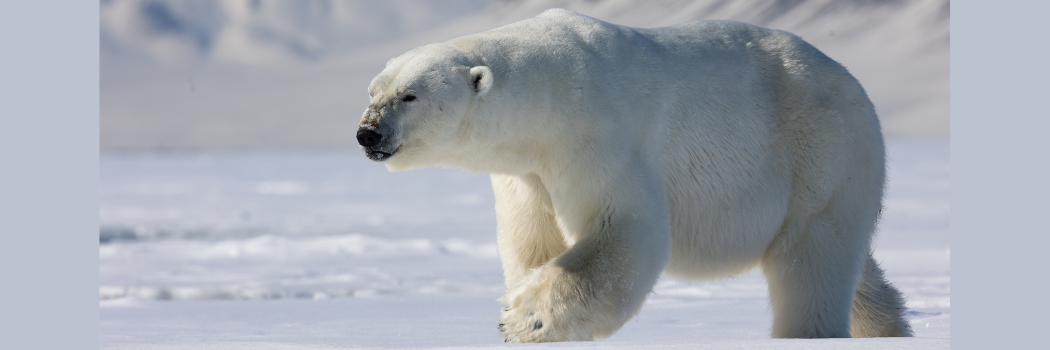
Our researchers have explored how Arctic marine species could be impacted by climate change and rising sea temperatures in the future.
Climate change is altering species distributions across the world, and this is particularly marked in the Arctic where warming is occurring most rapidly.
Researchers from our Department of Biosciences and the Fisheries and Marine Institute at Memorial University in Canada explored how future expansions of new species into an area of Arctic Ocean could impact the existing marine communities.
They focused on the North Water Polynya, a large area of open water surrounded by sea-ice between Canada and Greenland, which is one of the most productive marine ecosystems in the Arctic.
Interconnected species
The team explored future potential changes to the local food web - the network of interactions that occur between species in a community, due to predation and competition.
Possible future scenarios included changes to the plankton communities as the ocean warms, declines in Arctic cod as the area is colonised by capelin (a warmer water species), and the novel establishment of killer whales in the area.
The team analysed how changes to the amount of one species in an area will impact other species, whether they interact directly or indirectly.
Changing populations
The team projected that capelin, a small fish, would become more abundant in the study area, whilst plankton numbers could either increase or decrease depending upon how water circulation and temperature change in future.
Killer whales were predicted to be more common in future, particularly as the sea-ice free season lengthens.
When these changes were added into food web models to simulate future species population changes, some unexpected findings emerged.
Polar bear numbers halved in response to declines in phytoplankton numbers, the latter being tiny photosynthesising organisms in the open ocean.
Tiny crustaceans, big impact
Changes to the numbers of larger, energy-rich copepods (tiny crustaceans) had the largest effect on the entire ecosystem.
Their decline was linked to reduced numbers of Arctic cod, ringed seals, beluga whales and polar bears.
Increased colonisation by capelin was also projected to have a similar effect, whilst the addition of killer whales to the ecosystem led to more substantial declines of narwals and seals.
The findings have been published in the journal PLOS Climate.






